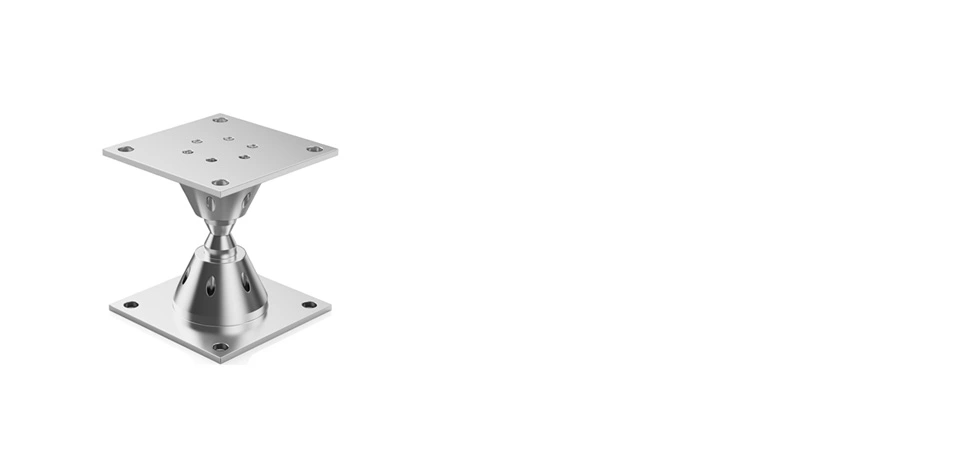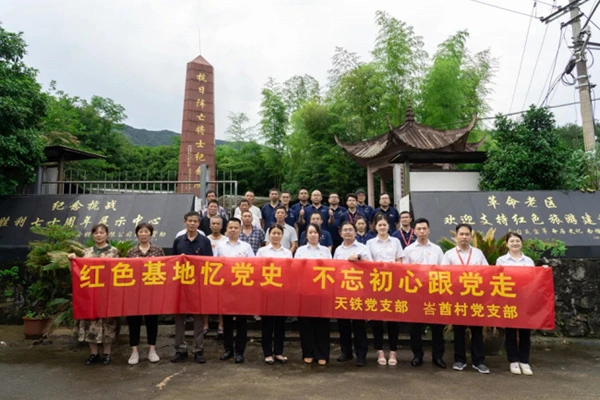In the realm of structural engineering, seismic isolation has emerged as a vital strategy for safeguarding buildings against the destructive forces of earthquakes. One key component of seismic isolation is the use of specialized devices known as seismic isolators. In this article, we'll explore the various types of seismic isolators used in buildings to enhance their earthquake resistance.
1. Natural Rubber Bearings: Preserving Structural Integrity
Natural rubber bearings have been a longstanding choice for seismic isolation. These isolators consist of layers of natural rubber and steel plates, allowing the building to sway gently during an earthquake. The natural flexibility of rubber absorbs and dissipates seismic energy, minimizing structural damage and ensuring the preservation of the building's integrity. These natural rubber bearings are particularly effective for smaller to mid-sized structures.
2. Lead Rubber Bearings: Combining Flexibility and Stability
Lead rubber bearings represent a hybrid solution that combines the flexibility of rubber with the stability of lead. These isolators consist of layers of rubber and a lead core, which adds mass and damping properties. Lead rubber bearings provide both energy dissipation and load-carrying capacity, making them suitable for a wide range of building sizes and types. Their ability to effectively isolate structures from seismic forces has made them a popular choice in seismic retrofitting projects.
3. High Damping Rubber Bearings: Absorbing Seismic Energy
High damping rubber bearings are engineered to absorb and dissipate seismic energy efficiently. These isolators offer a high level of energy dissipation, making them ideal for structures in high seismic activity regions. The high damping rubber bearings are particularly effective at minimizing lateral movement and vibrations during an earthquake, enhancing building safety and occupant comfort.
4. Elastic Slide Bearings: Allowing Controlled Movement
Elastic slide bearings enable controlled horizontal movement of a building during an earthquake. These isolators consist of a low-friction sliding surface that allows the building to slide on a supporting structure. The elasticity of the bearing provides flexibility while maintaining stability. Elastic slide bearings are suitable for structures where controlled lateral displacement is necessary, such as long-span bridges and some industrial facilities.
5. Friction Pendulum Support: A Pendulum for Seismic Isolation
Friction pendulum support systems employ a pendulum-like mechanism to isolate a building from seismic forces. These isolators consist of a sliding surface and a pendulum, which allows the building to sway in response to seismic motion. The friction between the pendulum and sliding surface dissipates energy, reducing the impact on the building. Friction pendulum support systems are known for their effectiveness in protecting critical infrastructure like hospitals and emergency response facilities.
In the quest for earthquake-resistant buildings, seismic isolators play a crucial role. Different types of seismic isolators, including natural rubber bearings, lead rubber bearings, high damping rubber bearings, elastic slide bearings, and friction pendulum support systems, offer diverse solutions to meet the unique needs of various structures. Selecting the right type of isolator depends on factors such as building size, seismic activity in the region, and project goals. Incorporating these advanced technologies into building design and retrofitting projects is a proactive step towards creating safer and more resilient structures in earthquake-prone areas.
 Natural Rubber Bearing
Natural Rubber Bearing
 Lead Rubber Bearing
Lead Rubber Bearing
 High Damping Rubber Bearing
High Damping Rubber Bearing
 Elastic Bearing
Elastic Bearing
 Friction Pendulum Seismic Isolation
Friction Pendulum Seismic Isolation
 Simple Support For Village And Town Houses
Simple Support For Village And Town Houses






















